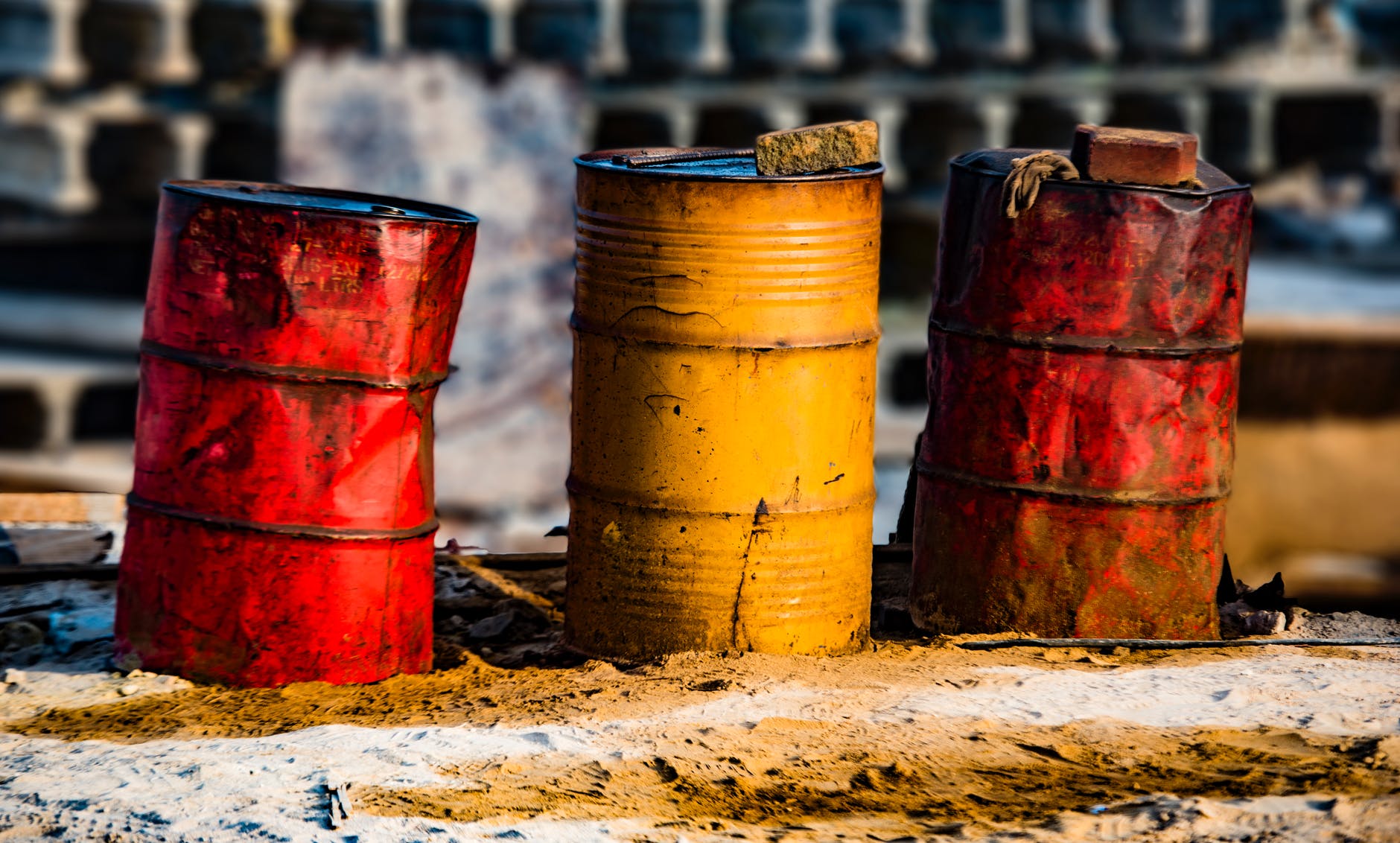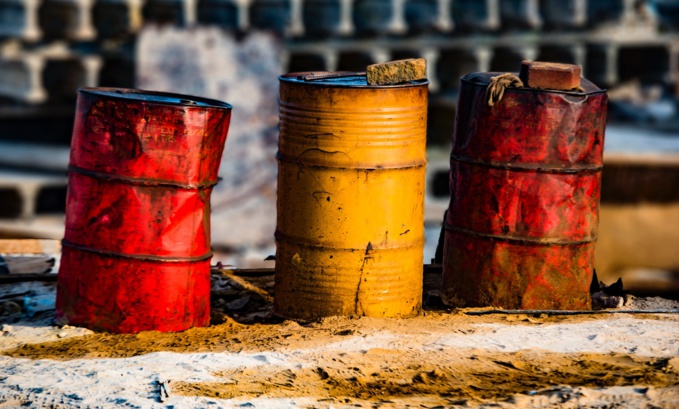The two largest oil processing facilities in Saudi Arabia - in Abqaiq in the east of the country and Khurais 150 km from Riyadh - was attacked on the night of September 14 with unmanned aerial vehicles. According to a statement by Saudi Aramco, the attack resulted in loss of production capacities of 5.7 million barrels of oil per day (bpd). This is 58% of the country's production in August and about 6% of the total production in the world. This is the first technological failure of such a scale in 70 years of the history of oil production in the country.
The facilities do not process oil, but ensure its preparation to marketability: dehydration, purification from mechanical impurities and hydrogen sulfide, the release of methane, ethane and light fractions (LPG). They are arranged much simpler than typical refineries, but they are very large: the Abqaiq plant has a capacity of 7 million bps (about 350 million tons per year), and Khurais is able to process 1.5 million bps. Abqaiq’s infrastructure relies on production at the country's largest fields with a total capacity of about 5 million bps.
The degree of damage to plants is still unknown. Judging by satellite images available on the NASA website, four major fires continued on the morning of September 15, although the Saudi authorities announced localization.
So far, Saudi Aramco has not suspended export shipments, providing them at the expense of storage. In June, according to JODI, Saudi oil reserves in storage were about 188 million barrels, which allows covering almost 27 days of export. Thus, for about a month and a half, Saudi Arabia will be able to fulfill contracts, even if the plants do not work. In addition, consumers have their own serious commercial oil reserves: 1.4 billion barrels in OECD countries in July. There are also strategic reserves, including 648 million barrels from the United States: the country's Ministry of Energy has already announced that it is ready to use them for the first time since 2014. According to the International Energy Agency, the global market is not facing significant disruptions.
The United States, Iran and Venezuela have free production capacities. It is also possible that the OPEC+ participants, such as Russia, Iraq and Kazakhstan, will increase production with the tacit consent of Saudi Arabia if the plants are not quickly restored.
source: reuters.com, cnn.com
The facilities do not process oil, but ensure its preparation to marketability: dehydration, purification from mechanical impurities and hydrogen sulfide, the release of methane, ethane and light fractions (LPG). They are arranged much simpler than typical refineries, but they are very large: the Abqaiq plant has a capacity of 7 million bps (about 350 million tons per year), and Khurais is able to process 1.5 million bps. Abqaiq’s infrastructure relies on production at the country's largest fields with a total capacity of about 5 million bps.
The degree of damage to plants is still unknown. Judging by satellite images available on the NASA website, four major fires continued on the morning of September 15, although the Saudi authorities announced localization.
So far, Saudi Aramco has not suspended export shipments, providing them at the expense of storage. In June, according to JODI, Saudi oil reserves in storage were about 188 million barrels, which allows covering almost 27 days of export. Thus, for about a month and a half, Saudi Arabia will be able to fulfill contracts, even if the plants do not work. In addition, consumers have their own serious commercial oil reserves: 1.4 billion barrels in OECD countries in July. There are also strategic reserves, including 648 million barrels from the United States: the country's Ministry of Energy has already announced that it is ready to use them for the first time since 2014. According to the International Energy Agency, the global market is not facing significant disruptions.
The United States, Iran and Venezuela have free production capacities. It is also possible that the OPEC+ participants, such as Russia, Iraq and Kazakhstan, will increase production with the tacit consent of Saudi Arabia if the plants are not quickly restored.
source: reuters.com, cnn.com



















